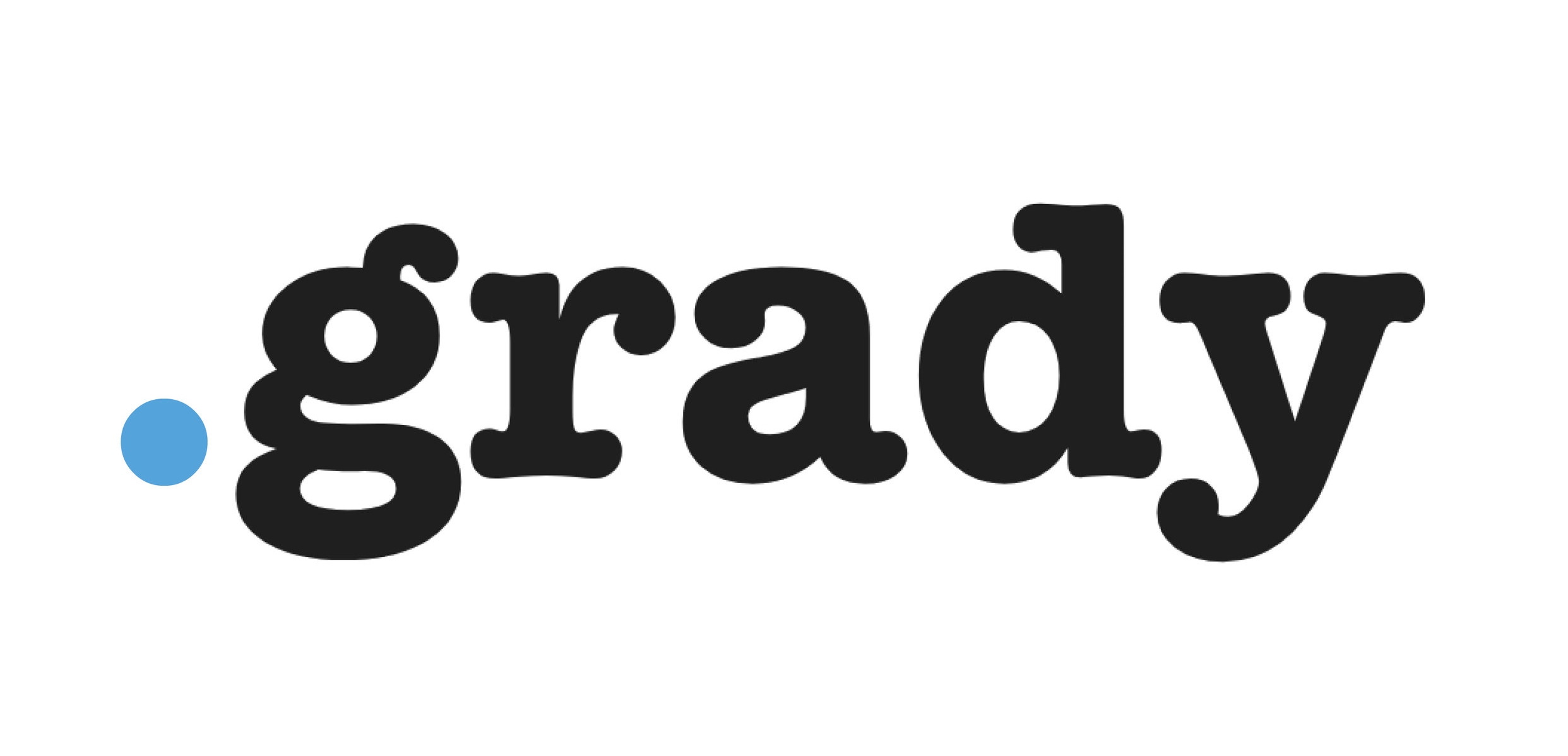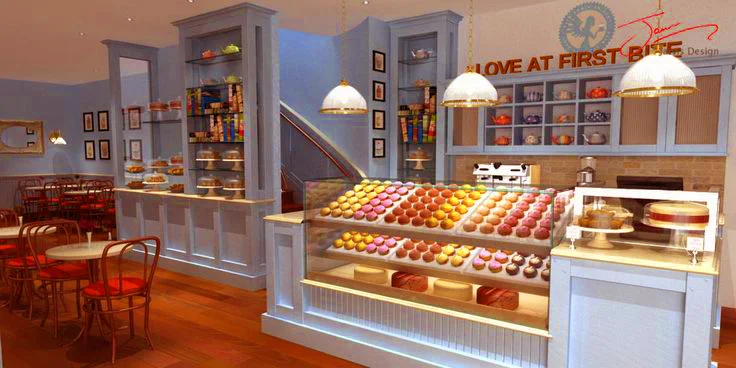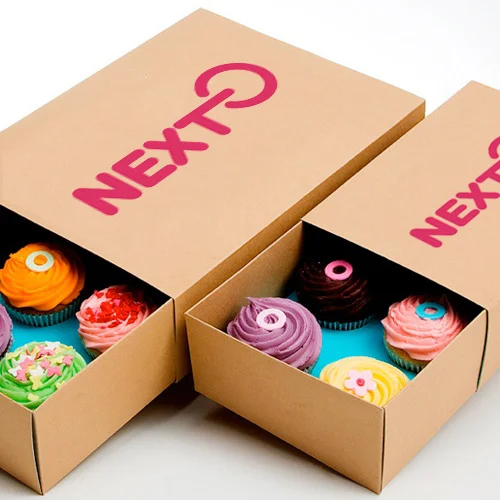A simple change in our ordinary settings dramatically reveals our idealized, vibrant, and stylish worlds.
Our art-directed “after” environments take on the best features of many different real-world settings (e.g., the best of many great cupcake shops), but with an even more unified, bolder style that’s part architecture, part fashion, and part theatrical design.
Still, every environment should feel like a real location and not an abstract or overly stylized set, because we want to reflect the meaningful fact that our stories are based in reality.
The Cupcake Shop
So for instance, in our cupcake shop, I’d seek an observation window that allows customers to see back into the kitchen, where the chefs are decorating cupcakes. I’ve visited a few bakeries that have this, and it’s a great touch – which also happens to give us a chance to create unique shots and perspectives. Among other details that will give us the ultimate cupcake shop include upside-down cupcake holders as light-fixture shades, a dominant color theme, modern display cases that emphasize the art (rather than quantity) of the cupcakes, and a large, open kitchen.
While we’ll location scout every possible bakery and café, in searching for a similar location in the recent past, I found that a local culinary school, with its more open floorplan, was the best option for that shoot, so we’ll cast a wide net in the hopes of getting a good foundation upon which we can build.




The Tortilla Factory
Creating a similarly appealing tortilla chip factory requires bringing in outside influences, because most factory floors are just not all that appealing. But looking at some of the larger food manufacturers like Coca Cola, and some of the high-tech warehouses like Amazon gives some clues as to how we can create a small corner of a more idealized factory setting.
It starts with bright, open spaces: wider paths between machinery, windows letting in natural light, clearly marked paths, and high ceilings. Then, to break up a sea of stainless steel assembly line, it helps to have organized pops of color ingrained into the production line, e.g., conveyor belts in bold blue, railings in bright yellow, pallet movers in orange, and workers with matching specialized wardrobe.






While the architecture and main features of the settings remain will generally consistent between the “before” and “after” environments, they will be truly night and day in terms of the overall style, lighting, color, and unity of each space.
Because our settings are more idealized and perfect than most real-world factories and cupcake shops, the references on this site are only a starting point to give us a few elements. We’ll create our own unique looks for each environment, which will further help the films stand out and emphasize how powerful and positive a simple change can be.
Additional Process Reference
We’ll make a very conscious choice in choosing a bold, unified color palette for our environments. For illustration, consider the great art-directed settings of The Grand Budapest Hotel – they’re vibrant, saturated, and intertwine architecture and fashion into a unique personality. Of course the time period in that film is Wes Anderson’s interpretation of 1968, and our palette will be cleaner, contemporary, and more connected to the particular features of our settings.























